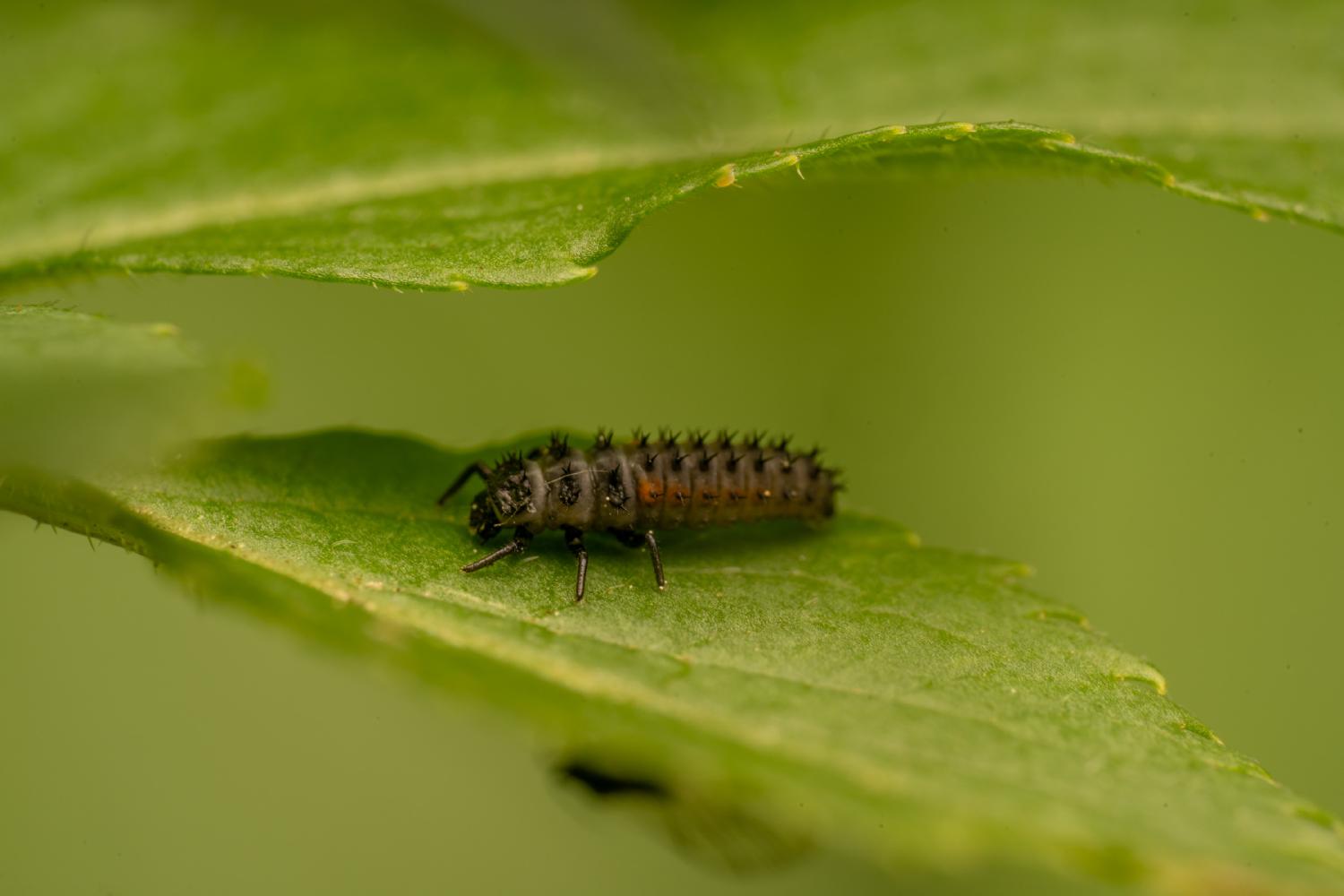Asian Lady Beetle
Lat. “Harmonia axyridis“
species
of family
“Lady Beetles“
1 species
Harmonia axyridis, also known as the multicolored Asian lady beetle, is a coccinellid beetle native to eastern Asia but has been introduced to many countries worldwide. It is a voracious predator and was introduced as a biocontrol agent for aphids and scale insects. The beetle is known for its ability to form large aggregations, particularly during the cooler months when it seeks out crevices and other cool spaces to overwinter. Harmonia axyridis has defensive compounds in its hemolymph, including a molecule with broad-spectrum antimicrobial activity. Control methods for this invasive species include insecticides, trapping, removal of aggregates, and sealing openings to prevent entry into buildings.
Description
Harmonia axyridis is a typical coccinellid beetle in shape and structure, being domed and having a “smooth” transition between its elytra (wing coverings), pronotum, and head. It ranges from 5.5–8.5mm in size. The common color form, f. “succinea”, is orange or red in colouration with 0–22 black spots of variable size. The other usual forms, f. “conspicua” and f. “spectabilis”, are uniformly black with, respectively, two or four red markings. The pronotum is white with variable black patterning, ranging from a few black spots in an M formation to almost entirely black. The underside is dark with a wide reddish-brown border. However, numerous other forms have also been recorded. Extreme forms may be entirely black, or feature complex patterns of black, orange and red. The large size of this species is usually the first clue to its identification. Despite variation, this species does not generally overlap in pronotal or elytral pattern with any other species, except in unmarked orange or red forms. In Europe it is similar to the much smaller Adalia decempunctata, while in America it is similar to the much smaller Mulsantina picta and spotless forms of Adalia bipunctata. When identification is difficult, the underside pattern usually enables a reliable conclusion. Identification is most simple for the common forms, while less common varieties may take longer to identify. They always have reddish-brown legs and are obviously brown on the underside of the abdomen, even in the melanic colour forms.
Range
Harmonia axyridis is native to eastern Asia from central Siberia, Kazakhstan, and Uzbekistan in the west, through Russia south to the Himalayas and east to the Pacific coast and Japan, including Korea, Mongolia, China, and Taiwan. As a voracious predator, it was identified as a biocontrol agent for aphids and scale insects. Consequently, it has been introduced into greenhouses, crop fields, and gardens in many countries, including the United States and parts of Europe. The species is now established in North America (United States, Canada, Mexico), Central America (Guatemala, Honduras, Costa Rica, Panama), South America (Brazil, Venezuela, Colombia, Ecuador, Peru, Argentina, Chile), Europe (Italy, Spain, the United Kingdom, Denmark, Sweden, Norway, Finland, the Netherlands, Belgium, Luxembourg, France, Germany, the Czech Republic, Slovakia, Hungary, Romania, Serbia, Croatia, Bosnia and Herzegovina, Poland), Israel, New Zealand, and South Africa.
Biology and behaviour
Harmonia axyridis becomes dormant in cooler months, though it will move around whenever the temperature reaches about 10 °C (50 °F). Because the beetles will use crevices and other cool, dry, confined spaces to overwinter, significant numbers may congregate inside walls if given a large enough opening. Large aggregations are often seen in autumn. The beetles have pheromones to signal to each other. However, many aggregation cues are visual, picking out sites at both long (light-coloured structures that are distinct from their surroundings) and short (pre-existing aggregations to join) distances. Non-volatile long-chain hydrocarbons laid down by previous aggregations also play a significant role in site selection. Both visual and hydrocarbon cues are more important than volatile pheromones. They often congregate in sunlit areas because of the heat available, so even on fairly cold winter days, some of the hibernating beetles will “wake up” because of solar heating. Large populations can be problematic because they can form swarms and linger in an area for a long time. The beetles can form groups that stay in upper corners of windows. This beetle has been also found to be attracted to dark screening material for its warmth. It has good eyesight; it will return from a location to which it is removed, and is known to give a small bite if provoked.Harmonia axyridis, like other ladybeetles or ladybirds, uses isopropyl methoxy pyrazine as a defensive chemical to deter predation, and also carries this chemical in its hemolymph at much higher concentrations than many other ladybeetle species, along with species-/genus-specific defensive compounds such as harmonine. These insects will “reflex bleed” when agitated, releasing hemolymph from their legs. The liquid has a foul odour (similar to that of dead leaves), a bitter taste, and can stain porous materials. Some people have allergic reactions, including allergic rhinoconjunctivitis when exposed to these beetles. Occasionally, the beetles will bite humans, presumably in an attempt to acquire salt, although many people feel a pricking sensation as a beetle walks across the skin. Bites normally do no more harm than cause irritation, although a small number of people are allergic to bites. Their natural predators include birds, spined soldier bugs, ants (including the also invasive Solenopsis invicta) and other coccinellids, including fellow Harmonia axyridis.These beetles can be difficult to identify because of their variations in color, spot size, and spot count of the elytra. The easiest way to identify H. axyridis f. succinea is to look at the pronotum and see whether the black markings look like a letter “W” or “M”. This species has more white markings on the pronotum than have most native North American species, though this feature is not useful when attempting to separate it from species in other parts of the world.
Control
Numerous methods of control have been investigated in areas where this beetle has been introduced and causes a threat to native species and biodiversity and to the grape industry. Methods of control include insecticides, trapping, removal of aggregates of beetles, and mechanically preventing entry to buildings. Methods under development involve the investigation of natural parasites and pathogens, including the use of parasitic sexually transmitted mites and fungal diseases.The best methods for dealing with H. axyridis in private homes involve sealing openings they may enter. Sweeping and vacuuming are considered effective methods for removing them from homes, though this should be done carefully so as not to trigger reflex bleeding. A nylon stocking placed inside the vacuum cleaner’s hose, secured with a rubber band, allows the beetles to be “bagged” rather than collected inside the machine. A trap designed for indoor use was developed which attracts the beetles with a light and seals them in a removable bag.
Biochemistry
Harmonia axyridis secretes a number of defensive compounds, one of which, (9Z,17R)-9-Octadecene-1,17-diamine (harmonine) has been isolated from its hemolymph. This molecule has been reported to have broad-spectrum antimicrobial activity that includes human pathogens. Antibacterial activity is most pronounced against fast-growing mycobacteria and Mycobacterium tuberculosis, and the growth of both chloroquine-resistant Plasmodium falciparum strains is also inhibited; causative agents of tuberculosis and malaria respectively.
External links
Media related to Harmonia axyridis at Wikimedia Commons An extensive review of literature on the multicolored Asian lady beetle The multi-colored Asian lady beetle FAQ Report sightings of the harlequin ladybird in the British Isles Report sightings of the harlequin ladybird in the Netherlands Multicolored Asian lady beetle, University of Florida / Institute of Food and Agricultural Sciences Featured Creatures Swiss agricultural research station Agroscope: Project on Asian lady beetle control
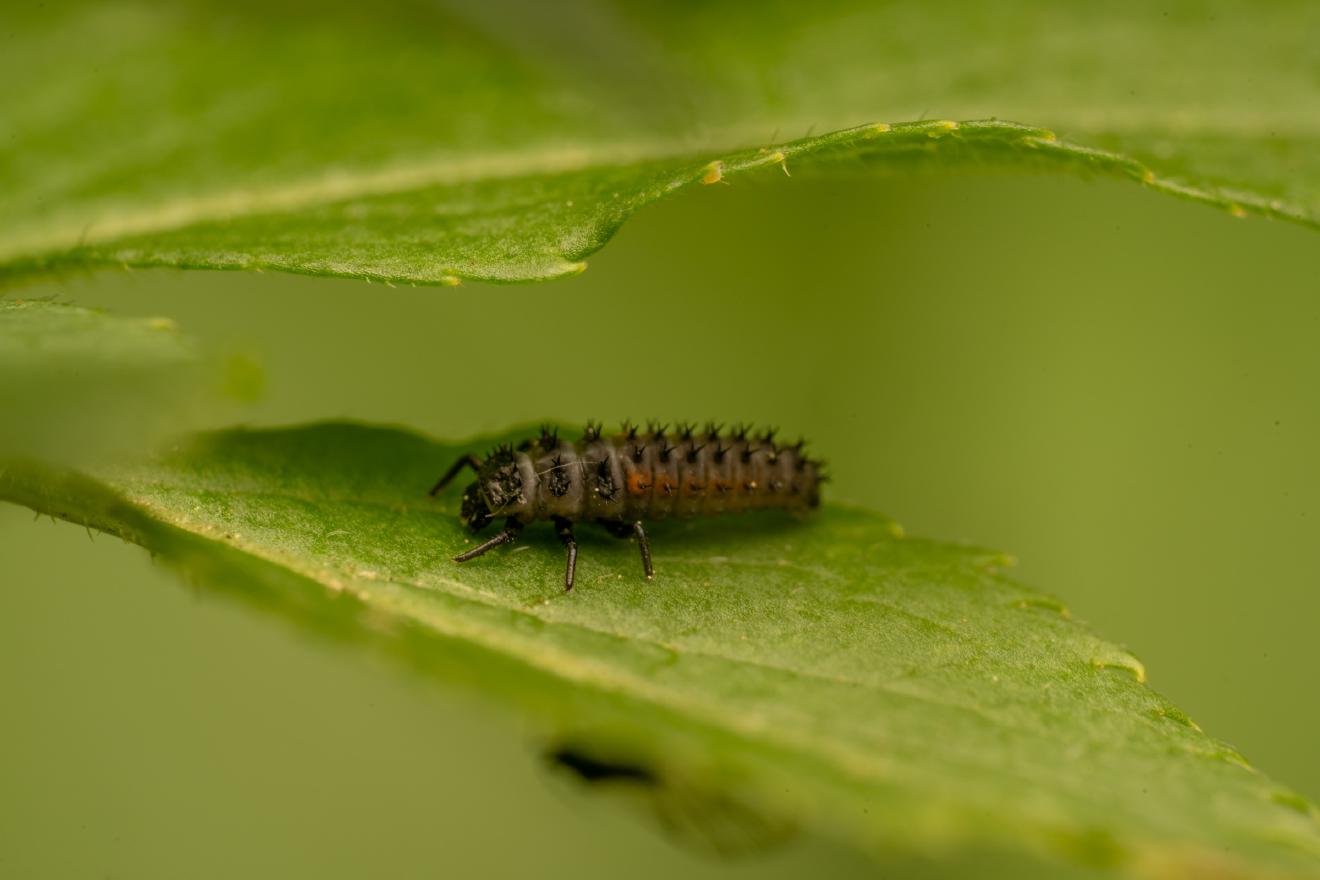
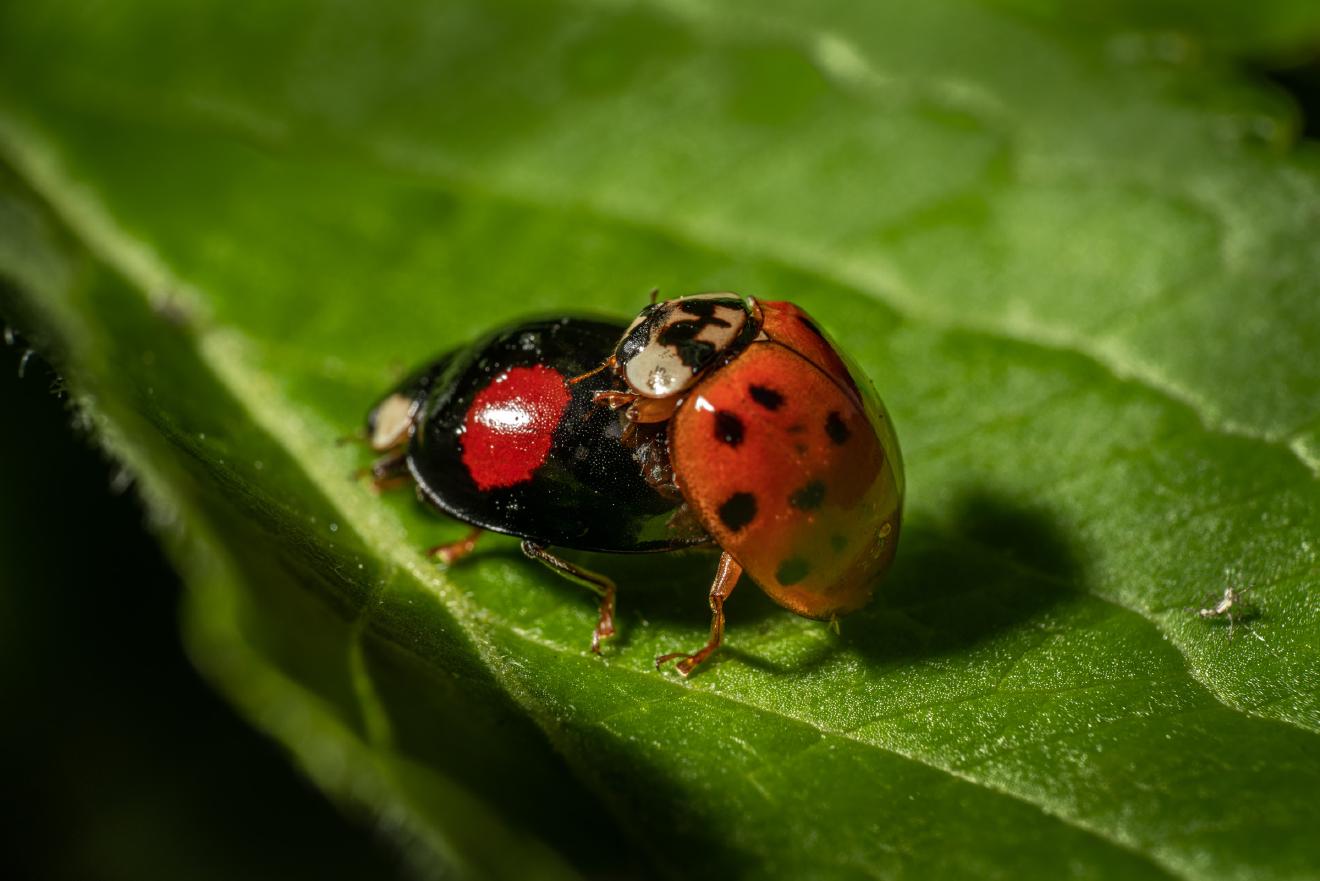
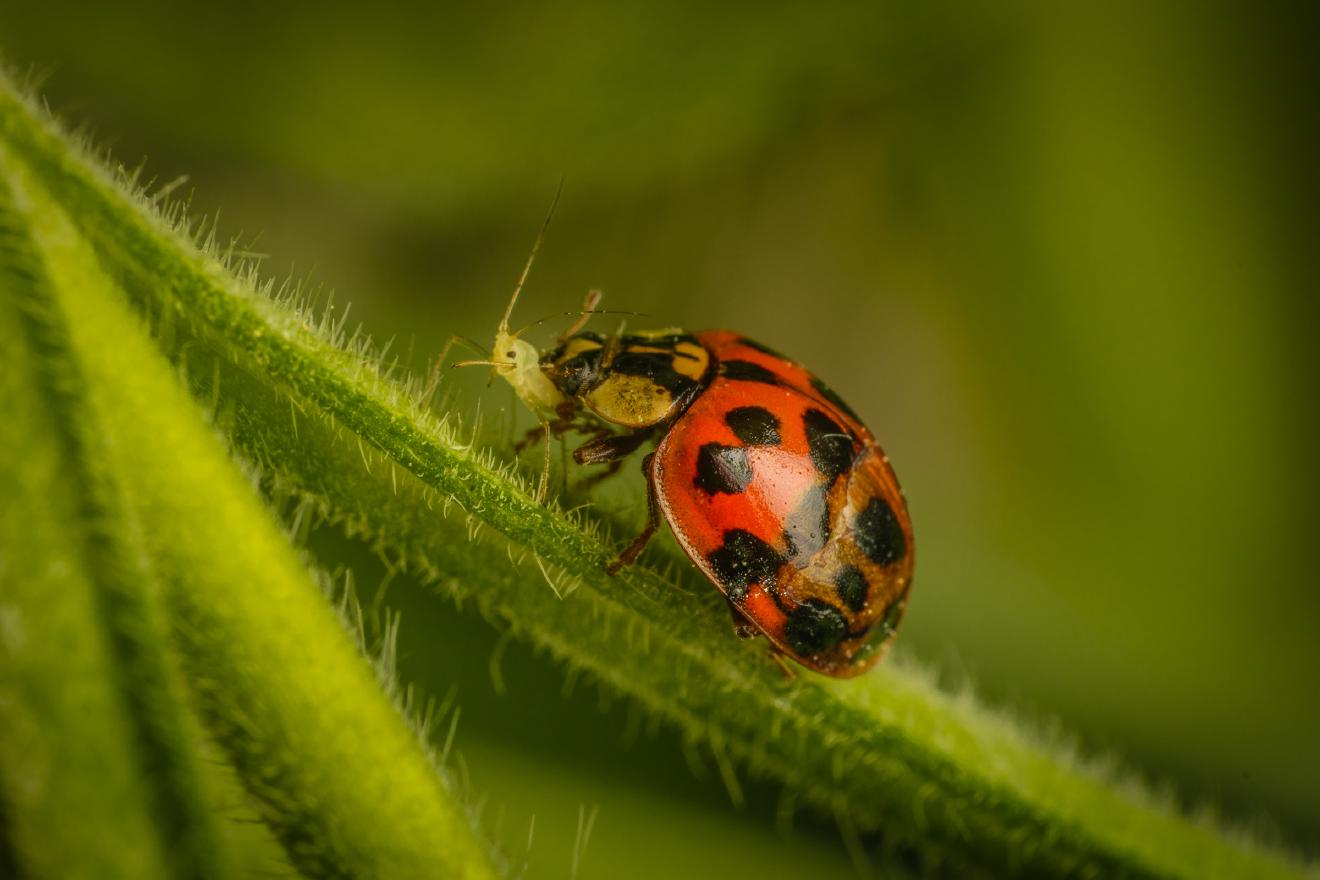
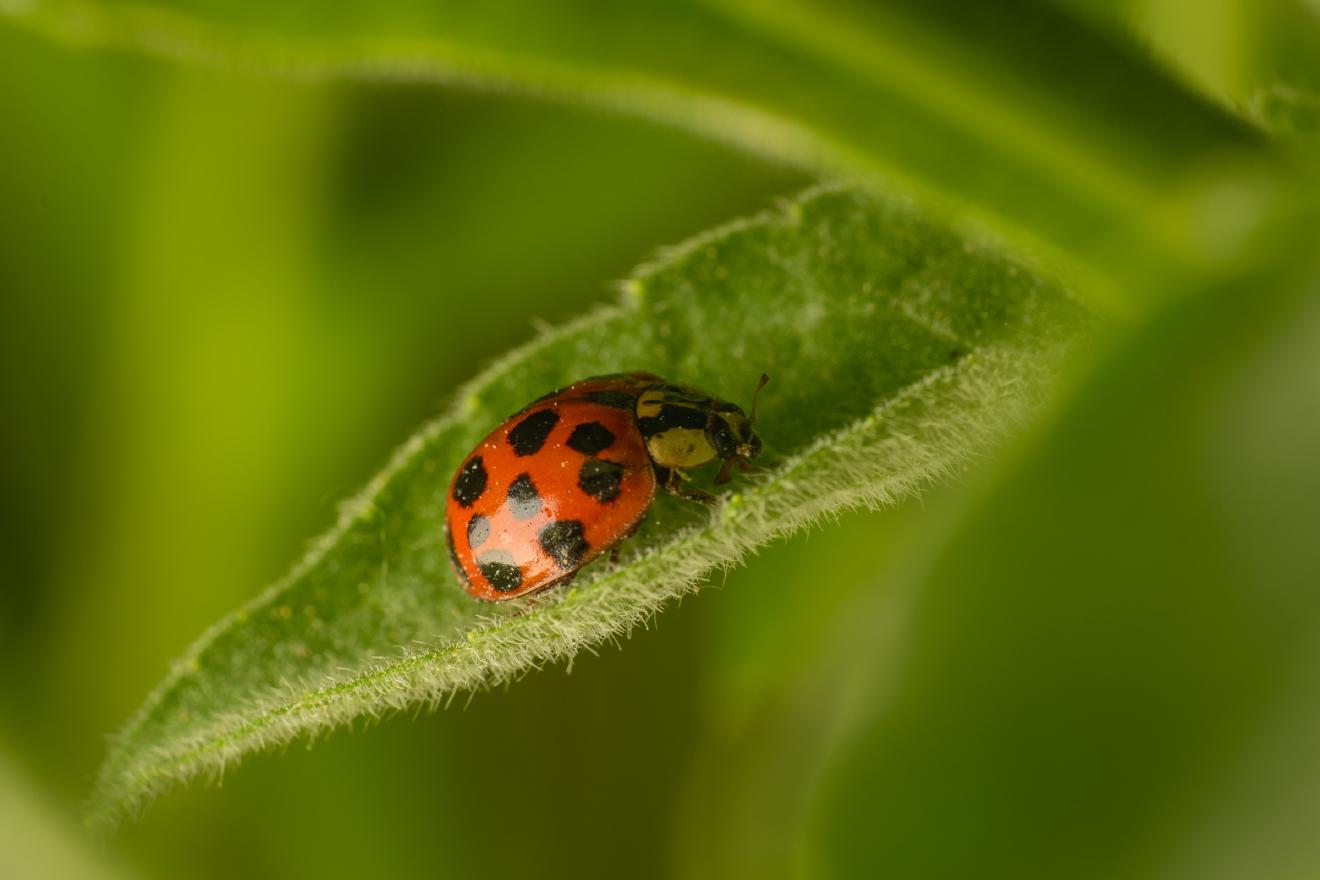
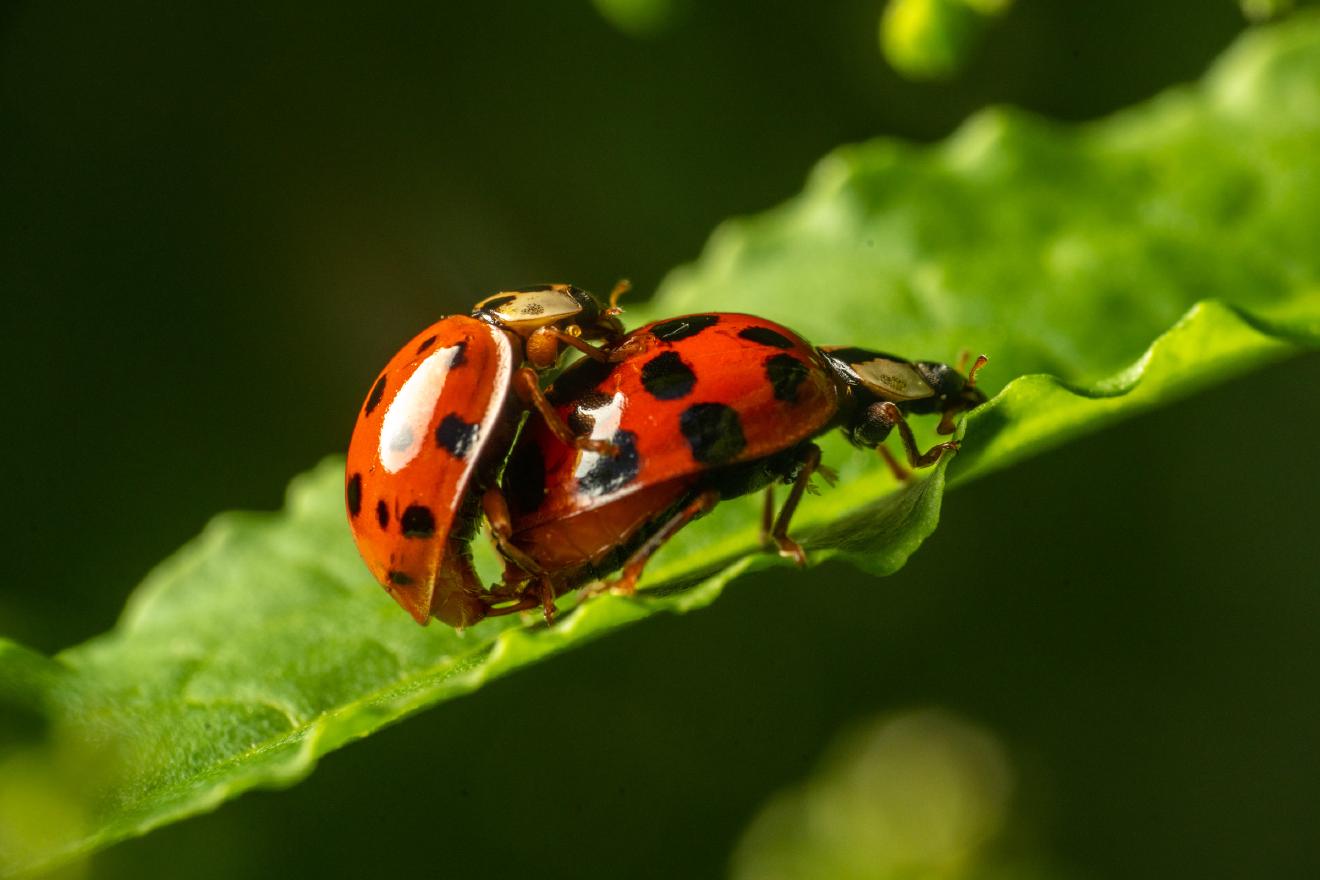
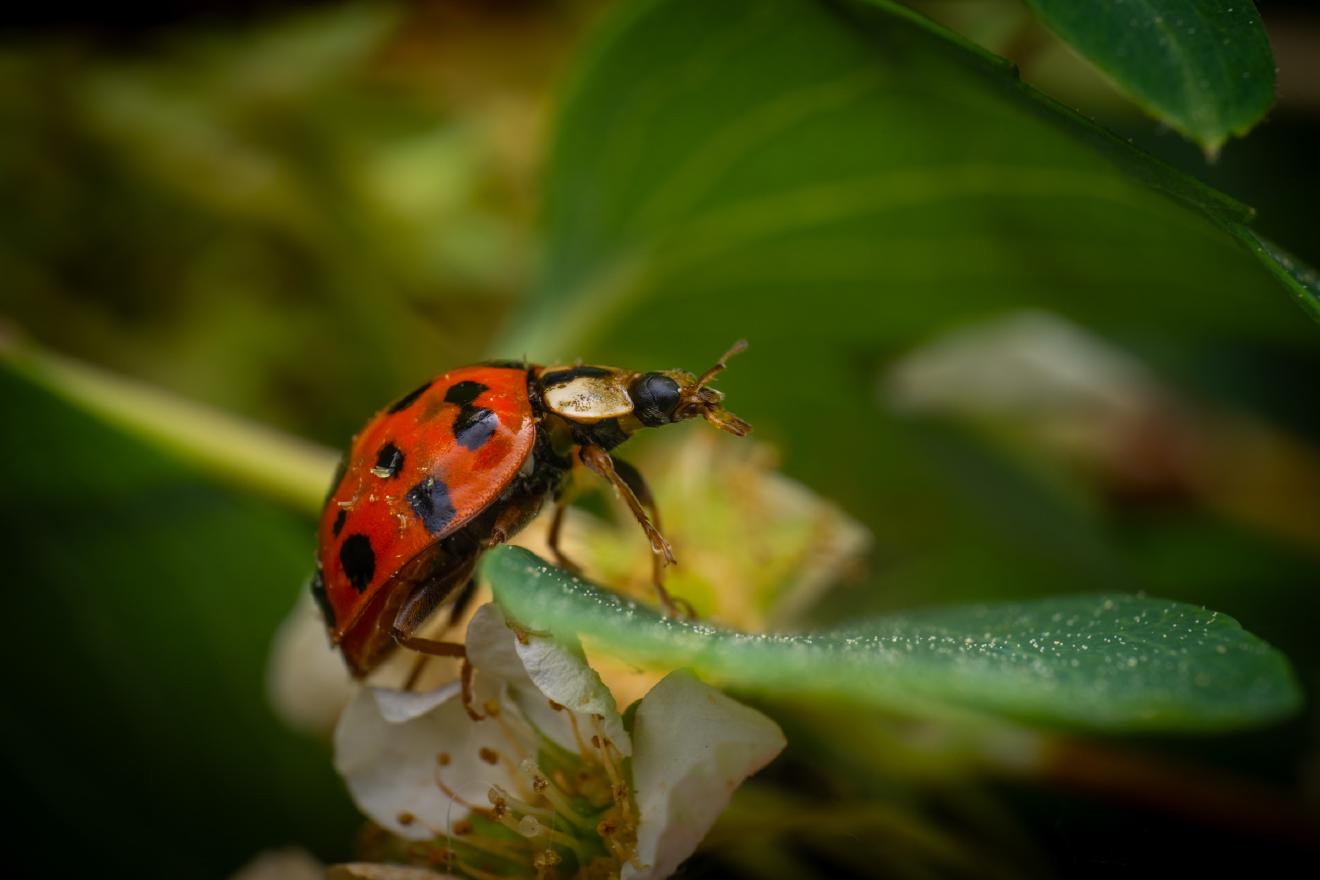



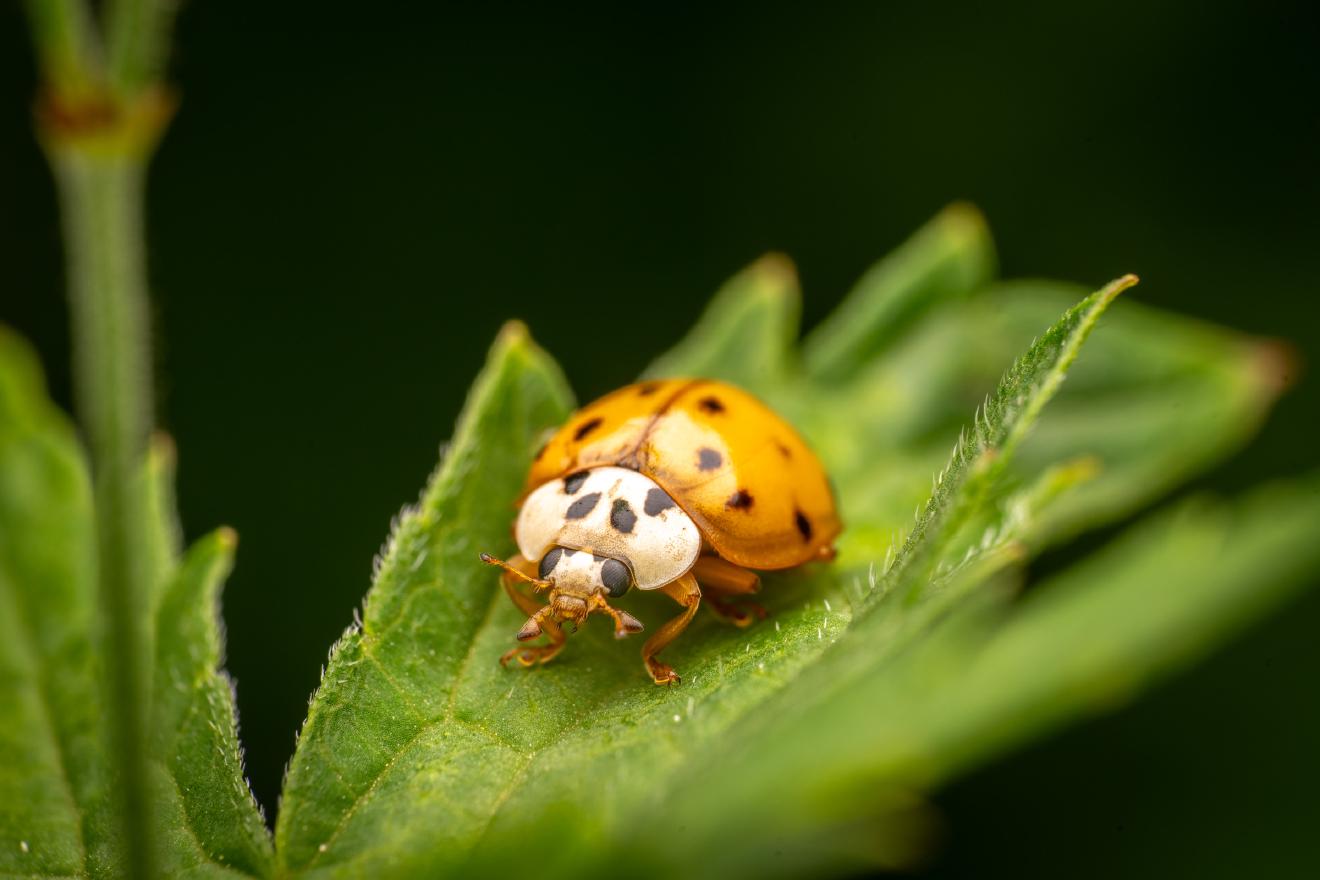
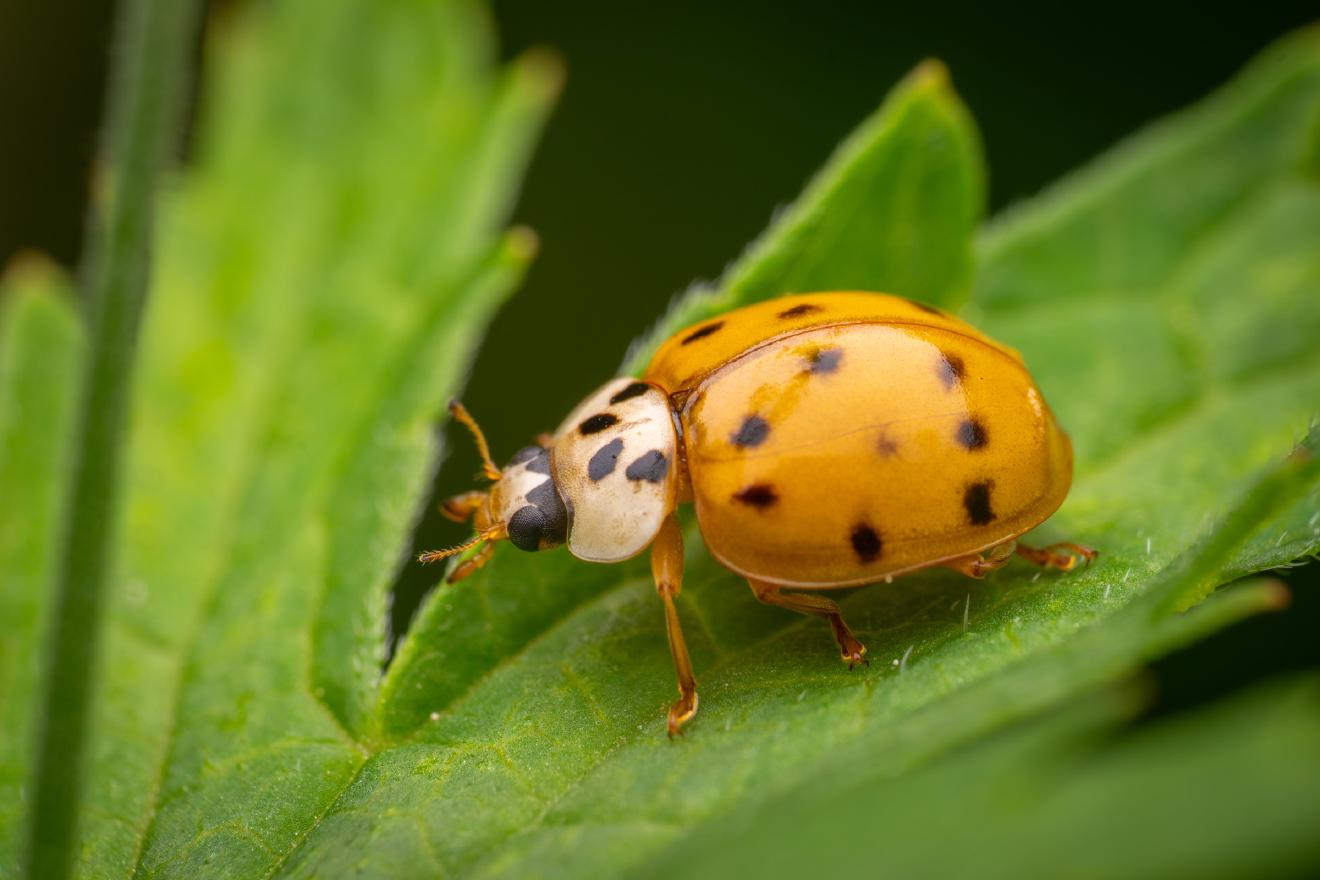
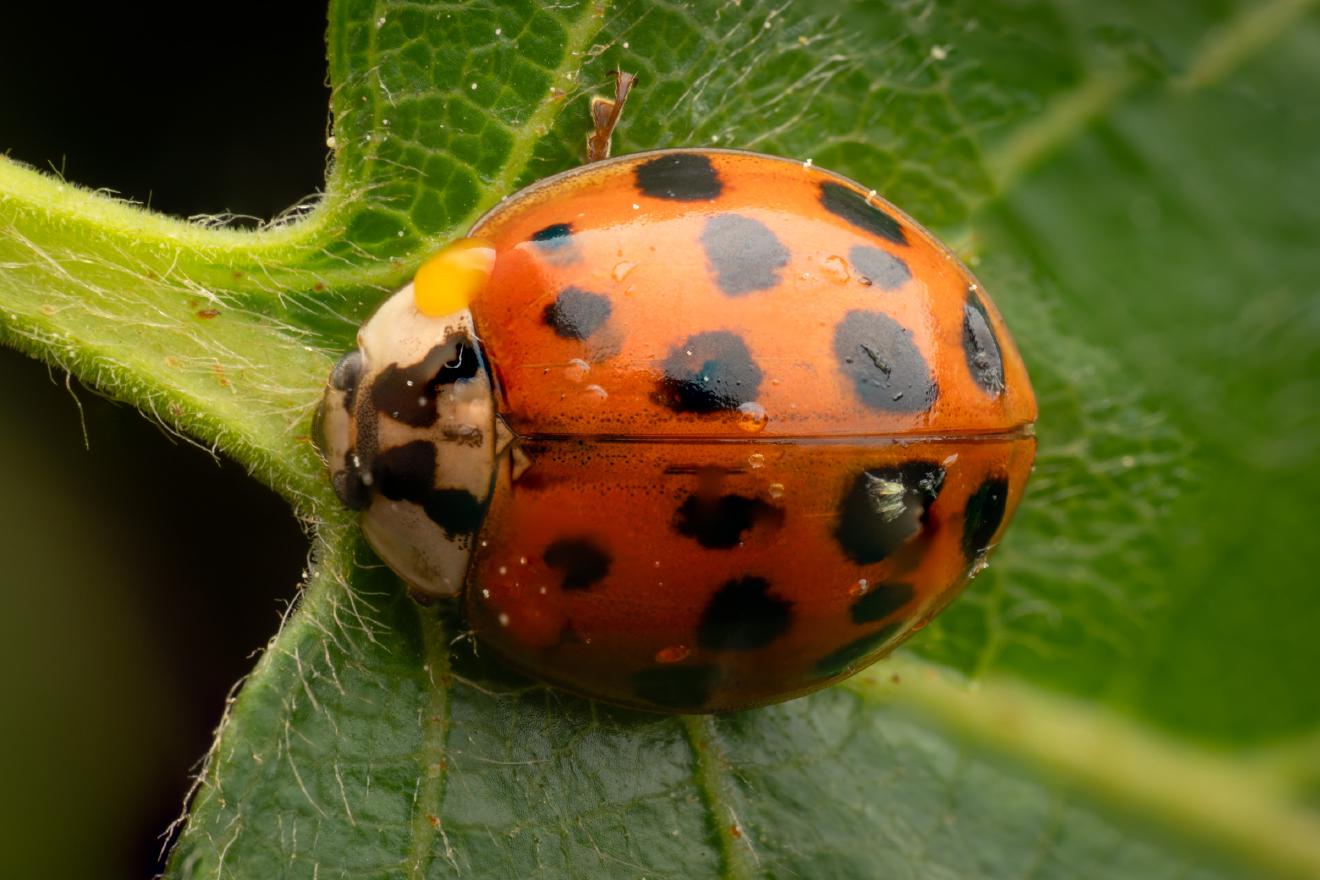
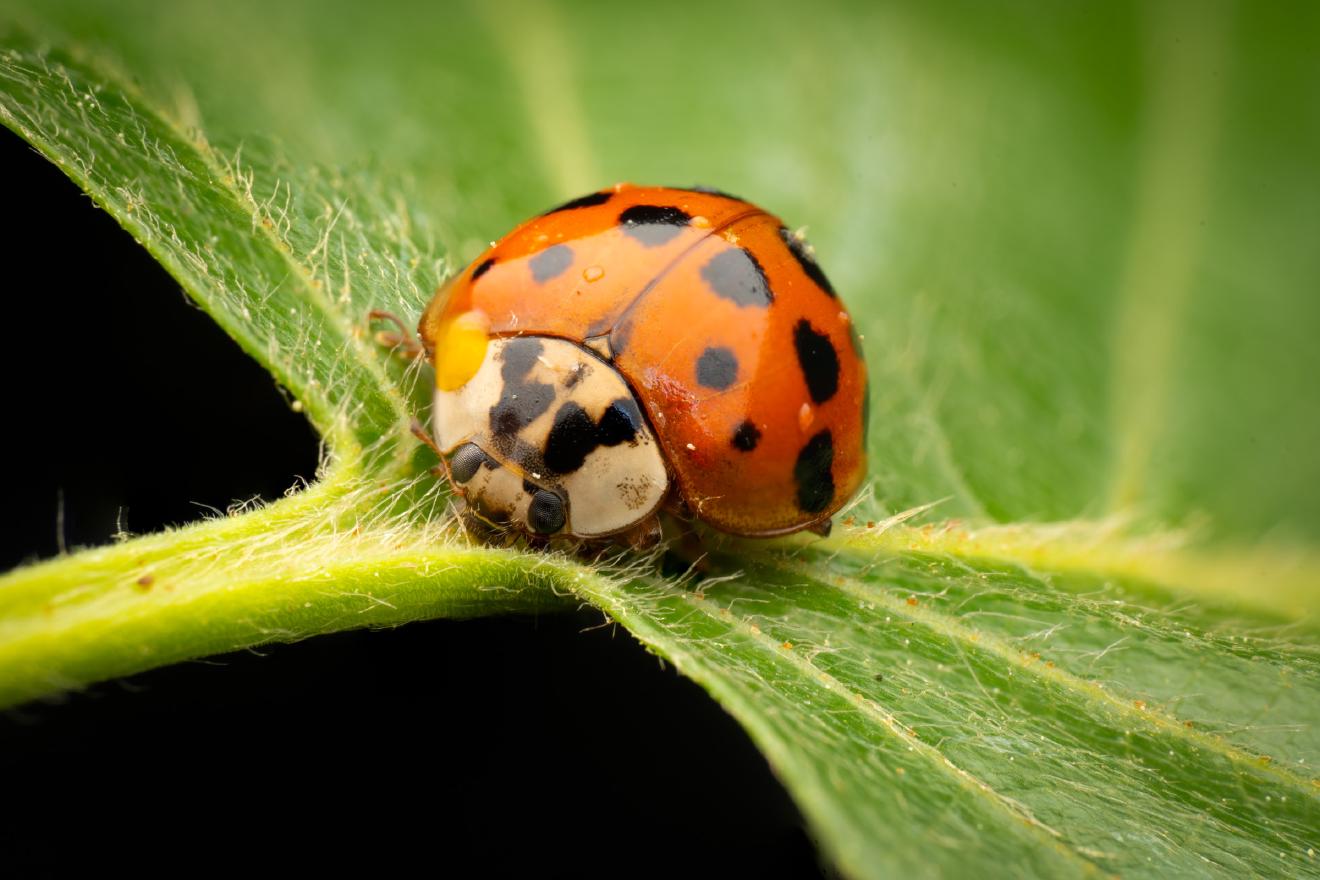
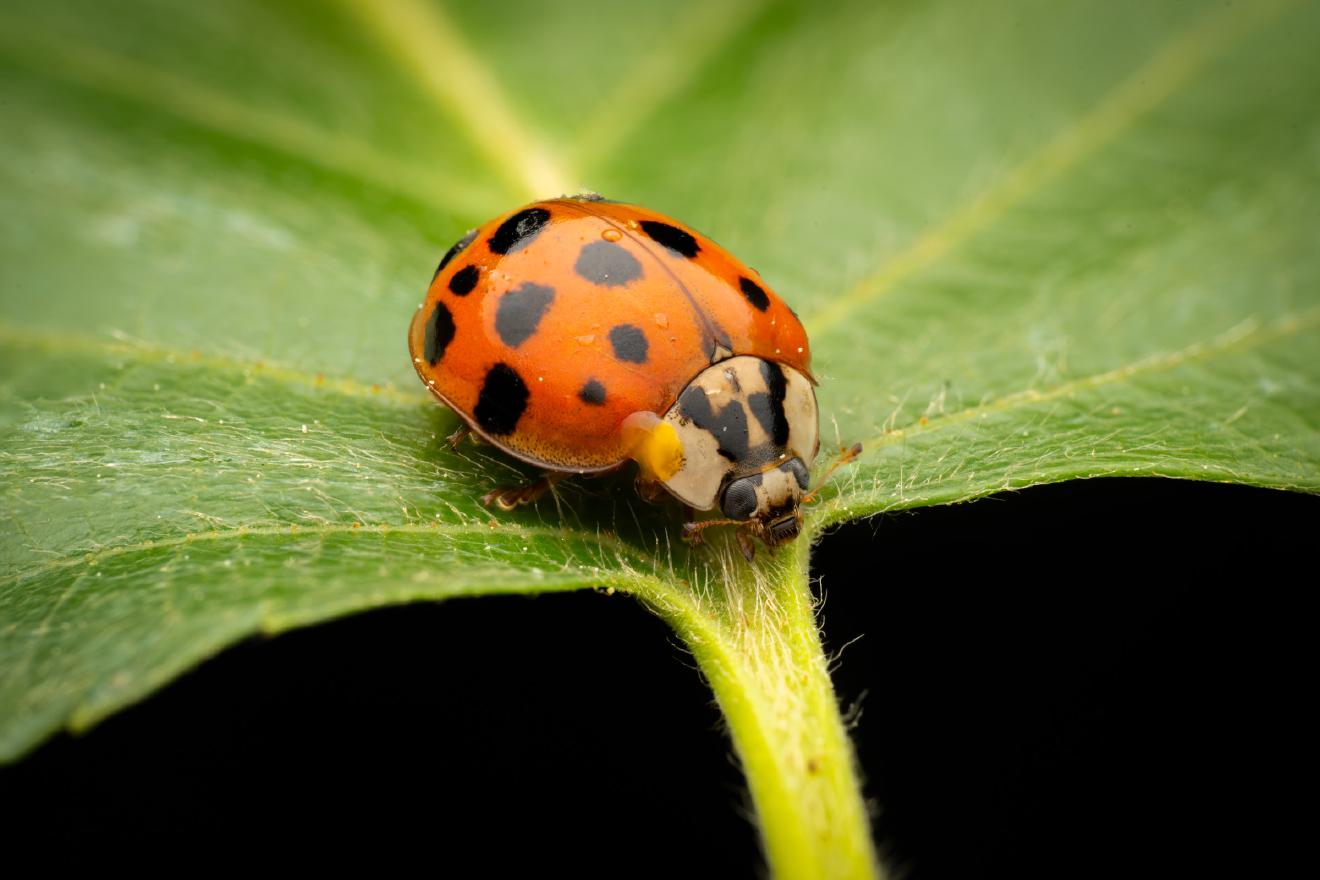
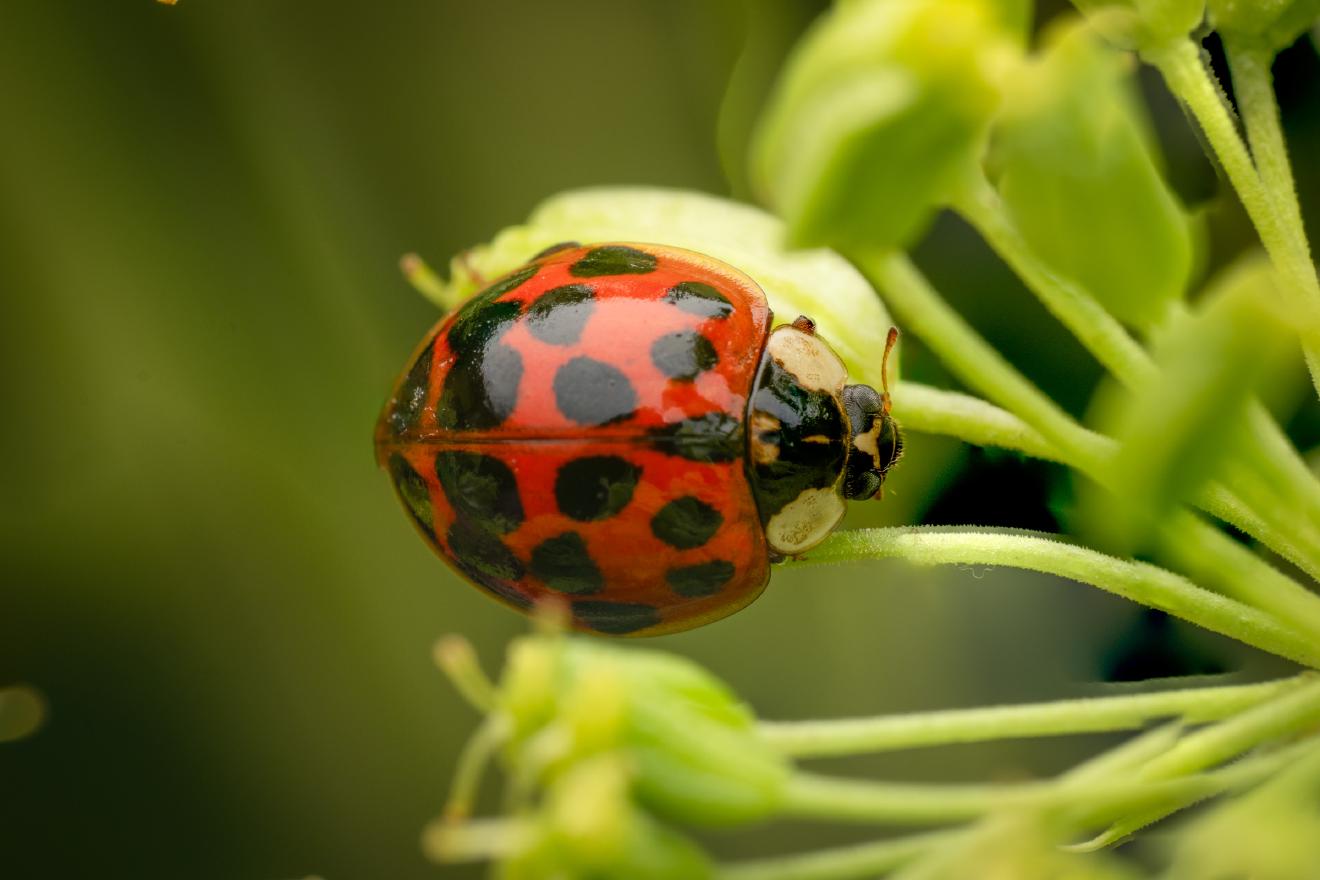
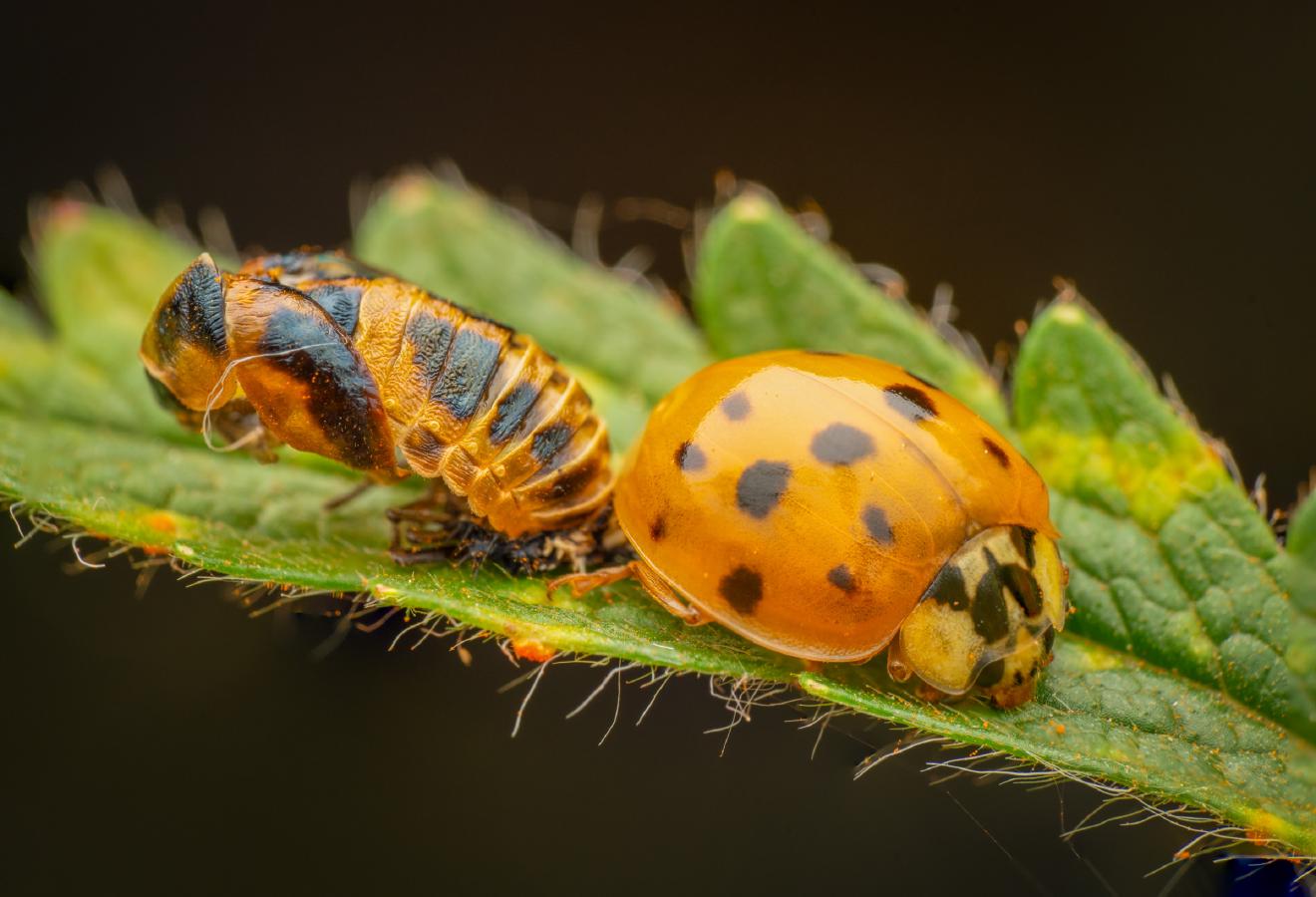

Ancestry Graph
Further Information
Copyright

This article uses material from the Wikipedia article Harmonia axyridis the free encyclopedia Wikipedia which is released under Creative Commons Attribution-ShareAlike 4.0 International License). On Wikipedia a list of authors is available.
